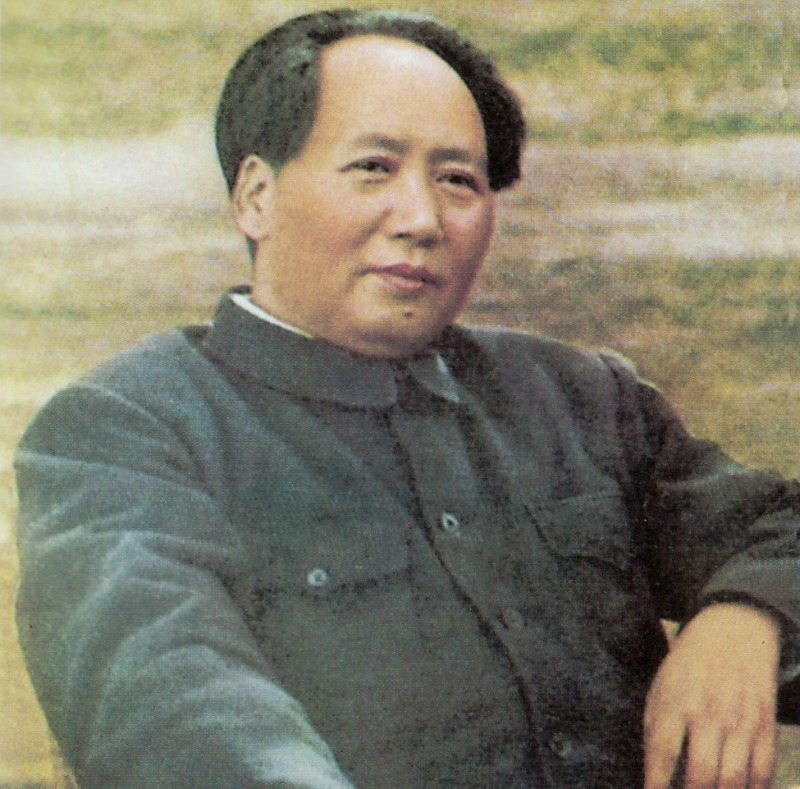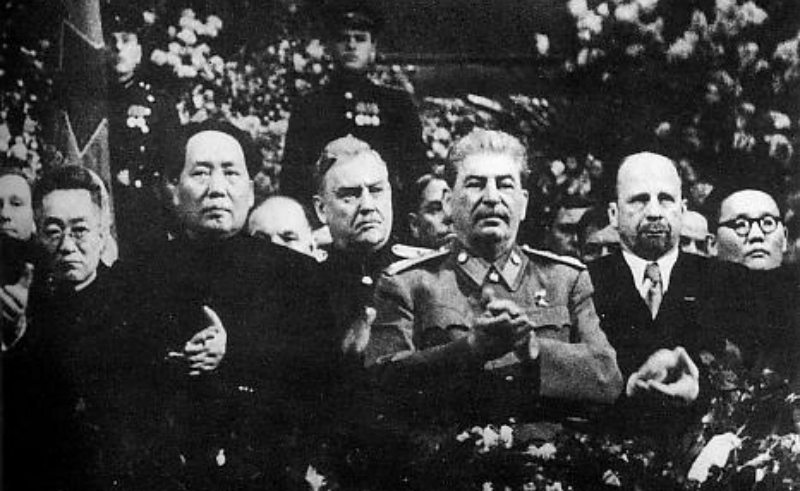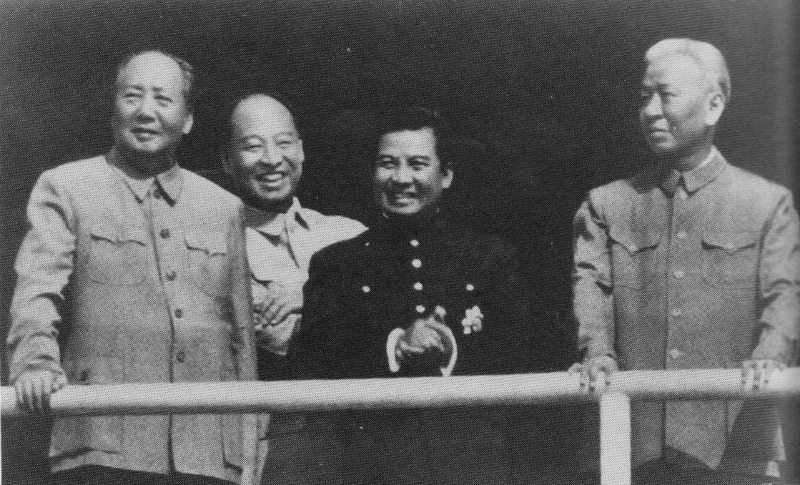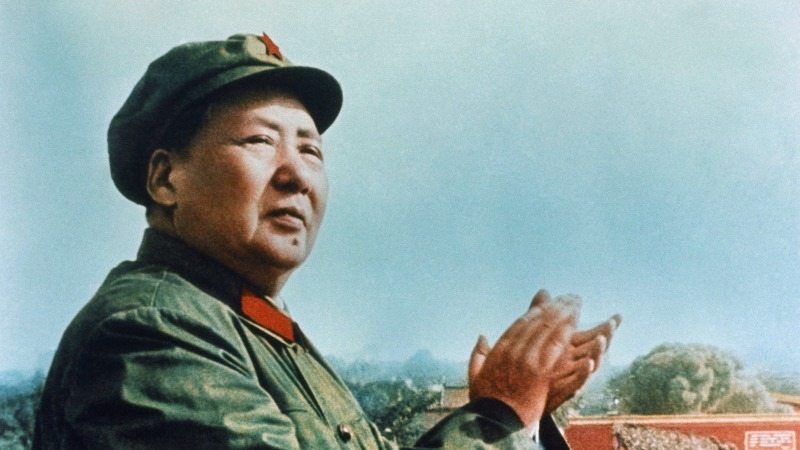Mao Zedong
Episode #7 of the course Deadliest dictators in history
Mao Zedong (1893–1976), commonly called Chairman Mao, was the communist leader of the People’s Republic of China. Perhaps one of the most influential Marxist-Leninist thinkers of the 20th century, Mao was the century’s largest driving force behind Chinese cultural changes. He was a leader during the 1911 Revolution and the 1949 Communist Revolution. His regimes, including the “Great Leap Forward” and “Cultural Revolution,” contributed to the deaths of over 30 million people.

Mao Zedong was the son of a wealthy farmer and was well-educated. In 1916, a power struggle ensued as China’s government fragmented. Mao worked at the University of Peking when he became a founding member of the Communist Party of China in 1921. In 1927, an attack on Communist leaders erupted into a civil war.
Mao and other communists went into the woods to build a guerilla army. Within three years, Mao’s “Red Army” had grown to nearly a quarter-million men. Fighting continued throughout the 1930’s as warlords grappled for power. Mao and his Red Army leaders were commonly portrayed as friendly, power-sharing, and benevolent, although it is now commonly believed that Mao engaged in shrewd, brutal, power-grabbing tactics during these years.

Mao Zedong with Joseph Stalin in 1949.
When Japan invaded China in 1937, the Nationalists and Communists united against their common enemy. In 1942, Mao began his “rectification program”—a re-education program to indoctrinate people into communist principles. He also led the Chinese military victory in Taiwan. Japan was expelled in 1945, and within a year, the Chinese were again in a civil war. Mao’s Red Army had grown to over 1 million soldiers, and the area under his control included over 100 million people.
People began to lose faith in their Nationalist government, and communist leaders promised peasants more freedom and a redistribution of wealth under communism. In 1949, the Nationalist government was overthrown and the People’s Republic of China was established, with “working class” leaders (like Mao) aimed at establishing a “democratic dictatorship.”

Meeting in Beijing – Mao Zedong (left), Prince Sihanouk (center), and Liu Shaoqi (right).
Mao quickly began to centralize power, although involvement in the Korean War made that difficult. Farmers were organized into collectives as Mao pushed for massive industrialization. His “Great Leap Forward” was a plan for individuals’ work to increase the productivity of the state without increasing capital. China would export grain to pay for international trade, which upset internal agricultural and economic interests and systems. Because of Mao’s policies, an estimated 20 to 30 million people died in a famine between 1959 and 1962; probably half were under 10 years old.
Mao also began a series of campaigns to “purge” China of non-communists. Mass executions took place where as many as 20,000 people were murdered at once. This “Cultural Revolution” was designed for China to keep up the momentum of communist popularity. It aimed to purge the “impurities” from society and strengthen the unique Chinese spirit—to re-establish the “glory days” of Chinese culture. In addition to the 1.5 million people who died, countless artifacts and cultural items were destroyed. Mao eventually distributed the army throughout the country to restore order.
Chairman Mao Zedong remained leader of the Communist party of China until the end of his life in 1976.
Recommended book
“On Guerrilla Warfare” by Mao Tse-Tung and Mao Zedong
Share with friends

